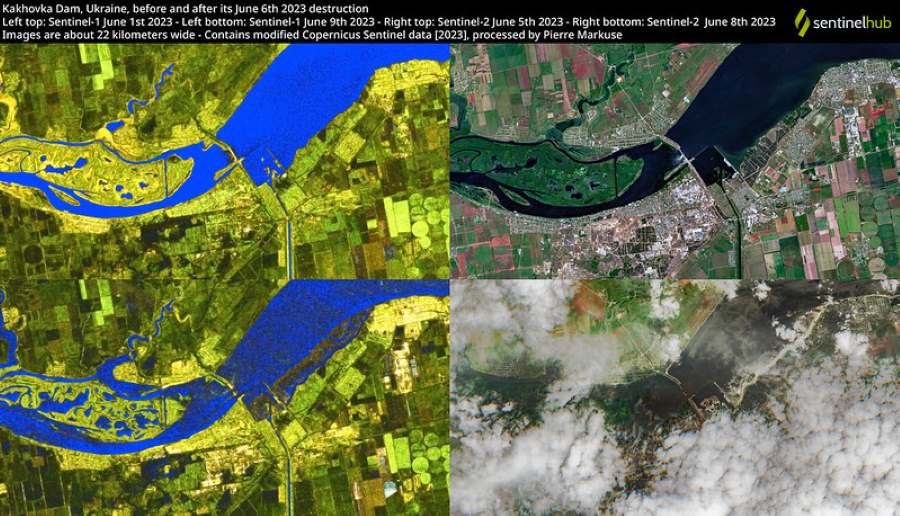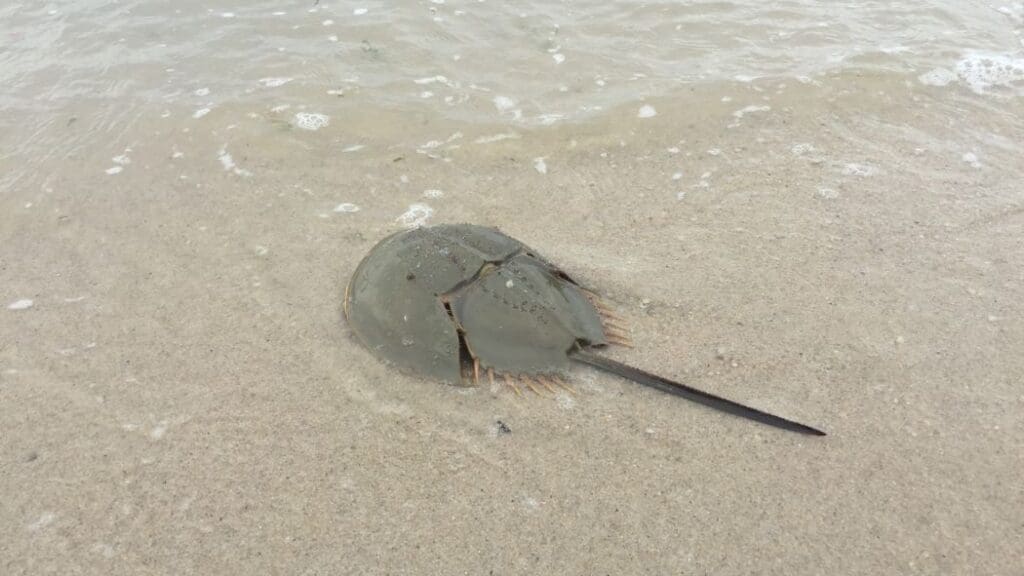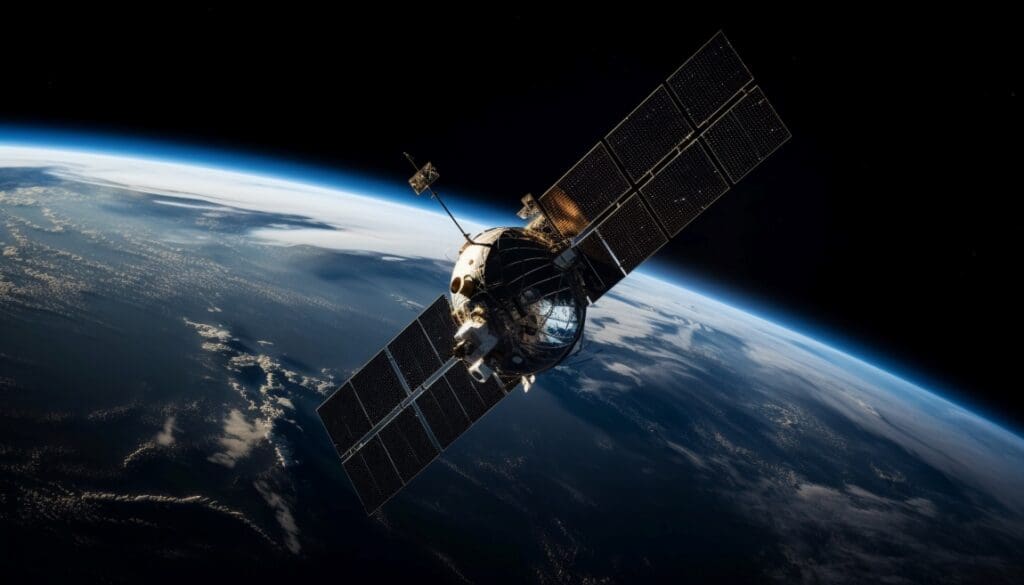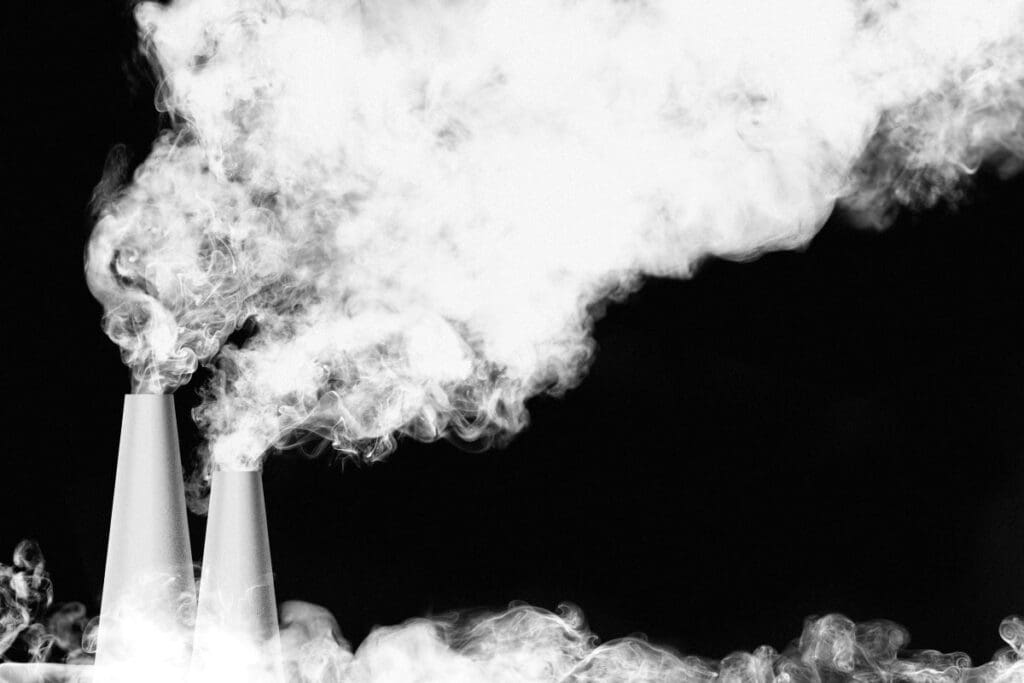Summary:
The destruction of Ukraine’s Kakhovka Dam in June 2023 triggered severe environmental consequences beyond immediate flooding, according to a new study published in Science. Researchers found that the collapse released up to 1.7 cubic kilometers of sediment contaminated with heavy metals, nitrogen, and phosphorus, creating a long-term source of pollution that could persist for years.
The study combined field surveys, remote sensing, and hydrodynamic modeling to assess the ecological impact, revealing significant habitat loss and soil erosion. While the floodplain is expected to recover within a few years, the release of toxic pollutants remains a major concern. The findings highlight how the deliberate destruction of dams — prohibited under the Geneva Conventions — can amplify both humanitarian and environmental crises during wartime.
The authors warn that beyond conflicts, aging dams worldwide pose growing risks due to climate change and infrastructure decline.

Wartime destruction of Kakhovka Dam in Ukraine has long-term environmental consequences
The deliberate destruction of the Kakhovka Dam in Ukraine during the Russo-Ukrainian war unleashed a hidden environmental crisis, destroying ecosystems and releasing polluted sediments into downstream water systems, according to a new study.
The findings provide critical new insights into the prolonged ecological risks of strategic dam destruction during warfare and the effects that may persist for years beyond war. “Our work highlights the far-reaching environmental consequences of the (n.e. Kakhovka Dam) destruction and raises concerns not only about the use of water as a weapon, but also about risks posed by aging dams around the world,” write the authors.
Dams are critical pieces of modern water infrastructure, supporting agriculture, energy production, and water supply. While the likelihood of structural failure is relatively low, aging infrastructure and the growing impacts of climate change have raised concerns about their stability. However, an often-overlooked risk factor is human conflict, as the deliberate destruction of dams – despite being prohibited under the Geneva Conventions – has increasingly been used as a weapon of war through intentional destruction, amplifying both humanitarian and environmental crises.
A recent example of this was the military destruction of the Kakhovka Dam in Ukraine in June 2023. The collapse not only caused catastrophic flooding but also released pollutants trapped in reservoir sediments. While the economic and societal impacts of the destruction have been discussed, the long-term environmental effects and their human hazards remain poorly understood.
Combining field surveys, remote sensing data, and hydrodynamic modeling, Oleksandra Shumilova and colleagues assessed the human hazards resulting from the Kakhovka Dam collapse and predicted ecosystem recovery trends following the disaster. According to the findings, the dam’s destruction resulted in substantial erosion, soil loss, and vegetation uprooting, driving extensive habitat destruction.
Perhaps more concerning, the rapid draining of the reservoir triggered a “toxic time-bomb,” releasing as much as 1.7 cubic kilometers of sediments contaminated by a host of pollutants, including heavy metals, nitrogen, and phosphorous. Given their persistent nature, these pollutants will pose severe long-term ecological and human health risks across the affected area.
Shumilova et al. predict that within five years, 80% of the ecosystem functions lost due to the dam’s presence will be restored and that biodiversity in the floodplain is likely to recover significantly within two years. However, while heavy metal contamination can be mitigated through bioremediation (i.e. using plants to absorb pollutants), the persistent pollutants will remain a major concern.
Journal Reference:
O. Shumilova et al., ‘Environmental effects of the Kakhovka Dam destruction by warfare in Ukraine’, Science 387, 1181-1186 (2025). DOI: 10.1126/science.adn8655
Article Source:
Press Release/Material by American Association for the Advancement of Science (AAAS)
Featured image credit: jcomp | Freepik




